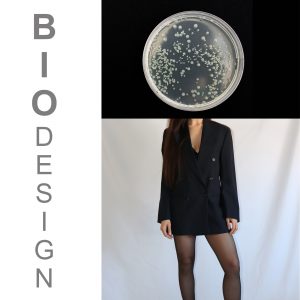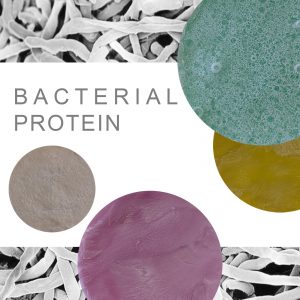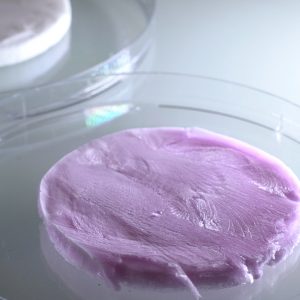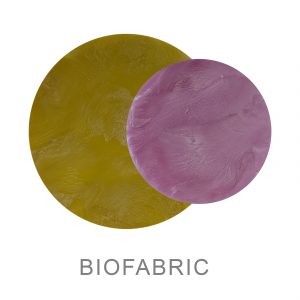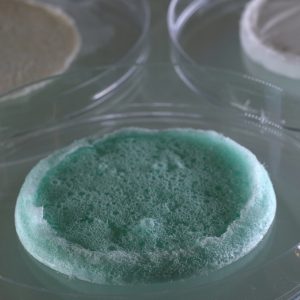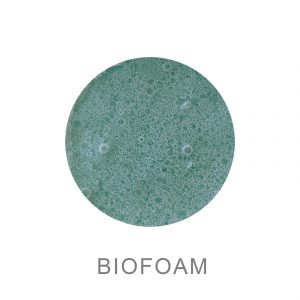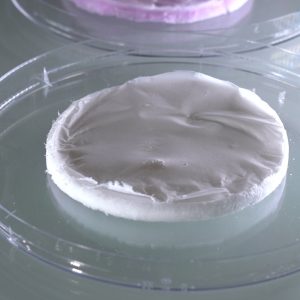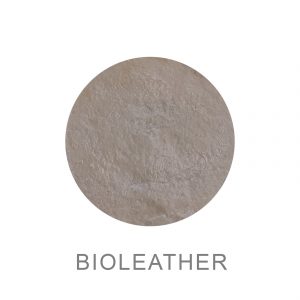I’m Faezeh Tabatabaeimanesh, an interdisciplinary designer based here in Syracuse. My goal is to create new materials that are more sustainable.
I am currently a graduate student in the MFA in Design and I have a Bachelor’s degree in Architecture and a Master’s degree in Bionic Architecture. Prior to my studies at SU, I worked in the field of bionic architecture and natural structures modeling. During and subsequent to my studies, I have been engaged in various architectural activities including interior architecture, facade design, furniture design and the fabrication of decorative panels. In my recent work, I have undertaken projects that leverage my graphic design, immersive design, and interactive design skills.
As part of my graduate studies, my research is based in the field of bio design which is the practice of using living organisms such as bacteria to create innovative and sustainable materials and products. I’ve explored how this research can be extended to the field of fashion design working with biomaterials to produce fabrics that adapt to the user and are completely biodegradable.
Biodesign for clothing
Throughout the world, both the textile and fashion industries play a major role in environmental pollution. On a daily basis, the processes employed cause serious damage to the environment, both through raw material use and as a result of the various ways textiles are processed. Many environmental issues can be addressed through the proper selection of raw materials and by transforming production processes into sustainable closed loop systems. This project employs a bio design approach to develop a biomaterial using living organisms. In order to produce this material, an interdisciplinary project was formed between the Department of Chemistry and the School of Design at Syracuse University. Multiple experiments for producing biomaterial were undertaken at the Moz laboratory over a ten month time period. The result has been the creation of a biomaterial that is made from bacterial protein (ELP). The non-pathogenic bacteria that produces this protein is E.coli which is altered to be completely safe in this application. As a result of this research, six samples of biodegradable and ecofriendly biomaterials with different material properties were produced. This includes a biomaterial with a flexible and soft texture that could be applied as a textile and one with a compact foam-like texture that could be used in the footwear industry. In addition, this research developed this biomaterial in two natural color variations. These variations in color were produced by inserting the jellyfish gene into the bacteria which resulted in samples that are either purple or yellow. This dying method could be applied for a variety of different design applications.

